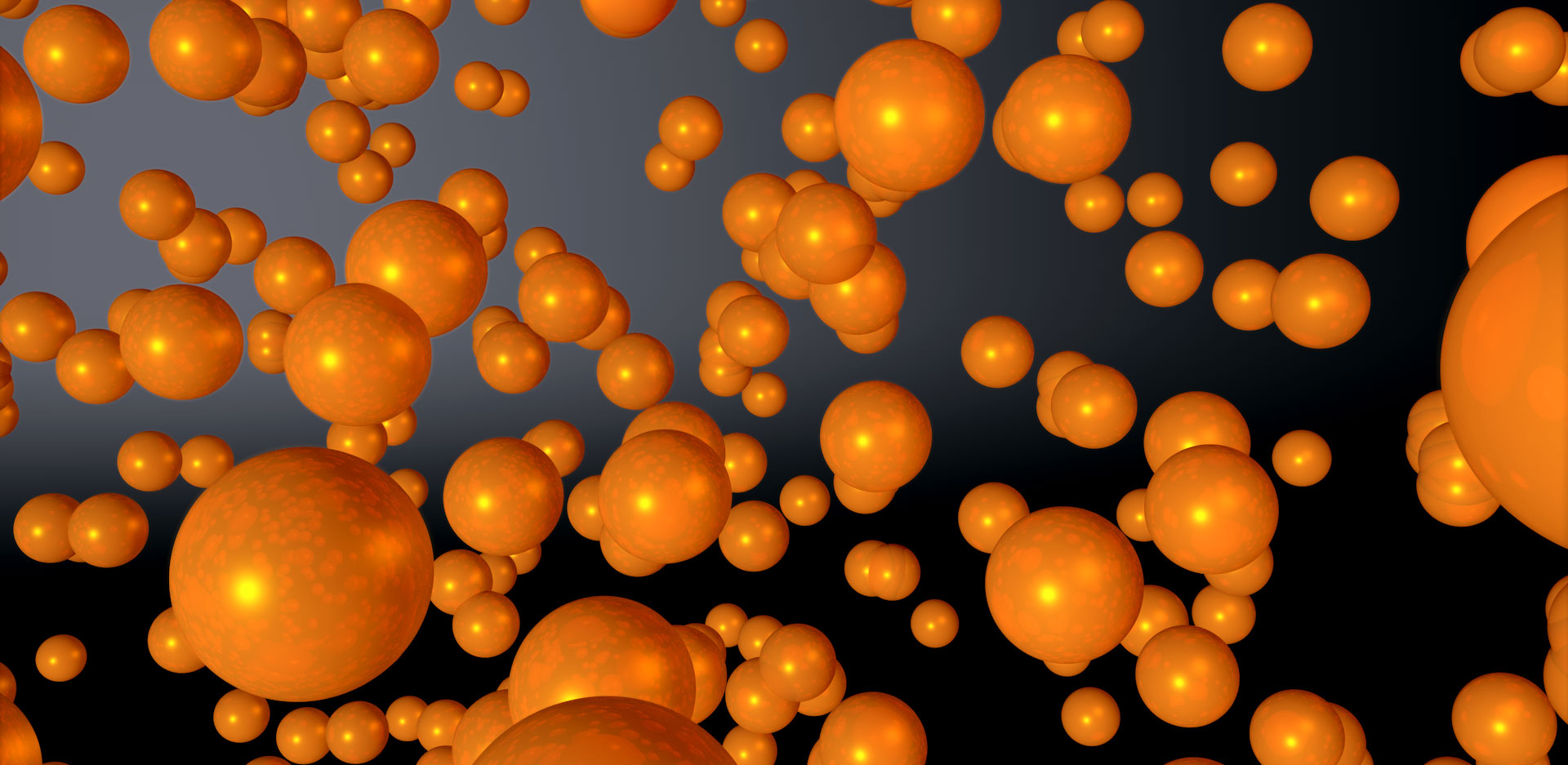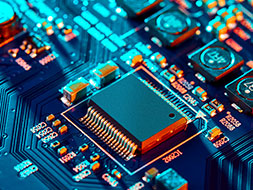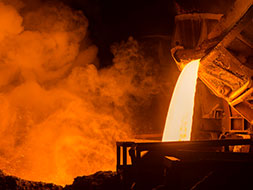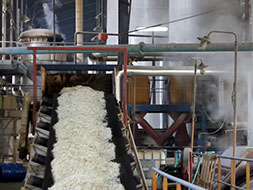




Welcome to G-ion Resin
G-Ion Resin is the leading OEM brand of Ion Exchange Resin in Bangladesh. G-ion resin is specialized in the R&D, production, sales and service to cover all application fields. We can offer more than 100 kinds of Ion Exchange Resin which cover Water Treatment, Food & Beverage, Pharmaceutical & Bio Industry, Chemical Processing, Electronics Industry, Metal Industry, Power Plant Industry, Sugar Industry and others related sectors.
Fields of Application
G-Ion Ion Exchange Resin propose low cost and suitable Ion Exchange Resin for different application fields. G-Ion Ion Exchange Resin has been widely used in Water Treatment sector for many years. The area of water treatment of G-Ion Resin can Water Softening, Alkalizations, Demineralization, Mixed bed polishing, Condensate polishing, Ultrapure water, Drinking Water etc. It also using in Pharmaceuticals Industries for Extraction and purification of antibiotics, Slow-release formulations, Resins used as drugs, Taste-masking, Production chromatography. In Sugar Industries we found it is using for Softening of water used for sugar extraction, Softening of sugar juices before evaporation, The NRS softening process, The Grylls softening process, Demineralization of sugar juices before evaporation, Color removal from sugar syrups after evaporation, The Quentin process, Sugar recovery from molasses, Sucrose inversion, Chromatographic separation, Glucose treatment. If we look the applications of G-Ion Ion Exchange Resin in the chemical industry then found, it is using for Recovery or removal of metals, Caustic soda and chlorine production, Phenol, Hydrogen peroxide purification, Removal of aldehydes, Selective removal of various elements. The are of application if G-Ion Ion Exchange resin can be below:


















Working Principle of Ion Exchange Resin
Before understand how Ion Exchange Resin work, it is necessary to understand the principles of ion exchange reaction. Set forth plainly, ion exchange is a reversible exchange of charged particles or ions with those of like charge. This happens when ions present on an insoluble Ion Exchange Resin matrix successfully swap place with ions of a comparable charge that are available in an encompassing arrangement.
The Ion Exchange Resin works this way due to its functional group, which are basically fixed ions that are forever bound inside the polymer matrix of the resin. These charged ions will promptly bond with ions of a contradicting charge. These are conveyed through the use of a counterion arrangement. These counterions will keep continue to bond with the useful group until balance is reached.
During Ion Exchange cycle, the solution to be treated would be added to the Ion Exchange Resin bed. And it also be allowed to move through the beds. As a result, the solution transfers through the Ion Exchange Resin. And the utilitarian groups of the resin charm any counterions contain in the solution. In the event that the ions gatherings have a more prominent fondness for the new counterions than those all-around present. Then, at that point the ions in arrangement will oust the current ions and have their spot, bonding with the useful gatherings through shared electrostatic fascination. By and large, the more prominent the size or potentially valency of a particle, the more noteworthy fondness it will have with particles of a contrary charge.
